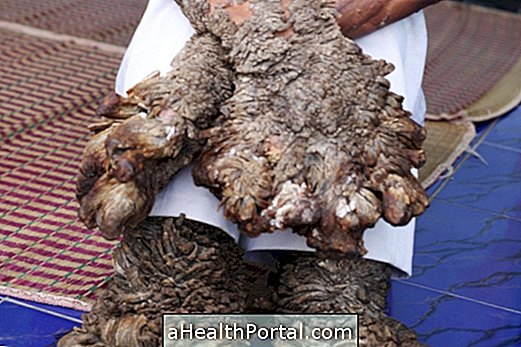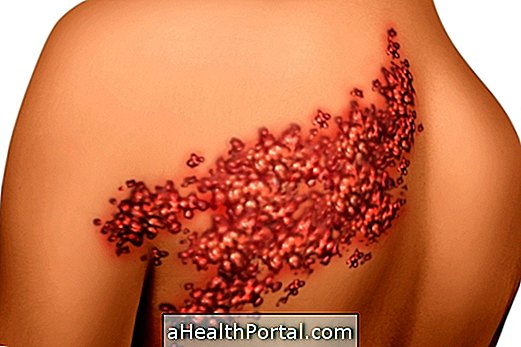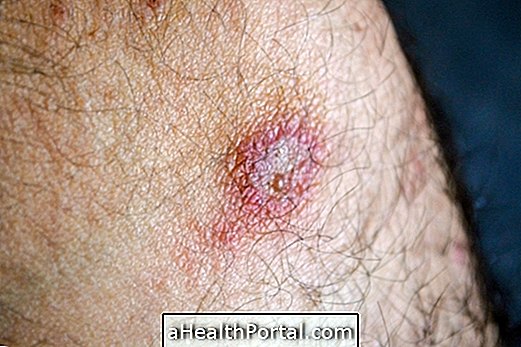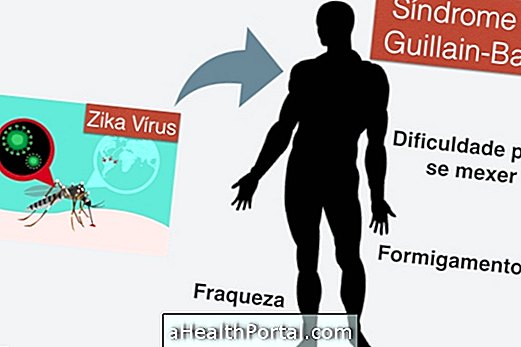Xeroderma pigmentosum, commonly known as XP, is a rare and hereditary genetic disease characterized by skin hypersensitivity to the sun's ultraviolet rays, resulting in dry skin and the presence of freckles and white patches, especially in areas of increased sun exposure.
XP usually appears in childhood and can be seen by the child's greater tendency to present severe burns after a few minutes of sun exposure, besides the appearance of freckles on the face, arms and lips before the age of 2 years.
Due to the great sensitivity of the skin, people diagnosed with xeroderma pigmentosum are more likely to develop pre-malignant or malignant lesions over time, it being important to wear sunscreen daily and appropriate clothing to avoid serious complications such as skin cancer, for example.


Source: Images published in John Libbey Eurotext and Scielo.org
Main symptoms
The occurrence of xeroderma pigmentosum is related to mutation in genes responsible for DNA repair after exposure to ultraviolet radiation. Due to the alteration in the DNA repair process the person may present the symptoms of xeroderma pigmentosum, whose severity may vary according to the affected gene and the type of mutation. The main symptoms of xeroderma pigmentosum are:
- Serious burns after a few minutes of sun exposure;
- Appearance of blisters on the skin exposed to the sun;
- Dark and light spots on the skin;
- Formation of skin crusts;
- Scaly dry skin;
- Hypersensitivity to the eyes.
The symptoms usually arise during childhood, up to the age of 10, however, from this age, the person may begin to exhibit skin cancer related symptoms. Learn how to identify the symptoms of skin cancer.
People with symptoms of XP should consult a dermatologist for the diagnosis and analysis of the lesions and thus start treatment.
How is the treatment done?
Treatment for xeroderma pigmentosum should be done according to the type of injury presented by the person. In the case of pre-malignant lesions, topical treatment, oral vitamin D replacement and preventive measures may be recommended with the aim of avoiding the progression of the lesions, such as the use of a daily sunscreen with a high sun protection factor, giving preference to late afternoon or evening activities, wear long sleeve clothing and long pants, wear sunglasses with a UV protection factor, and avoid using fluorescent lights indoors.
In the case of lesions with malignant characteristics, it may be necessary to perform surgery to remove lesions that arise over time, in addition to performing specific treatment. See also how to avoid skin cancer.






















